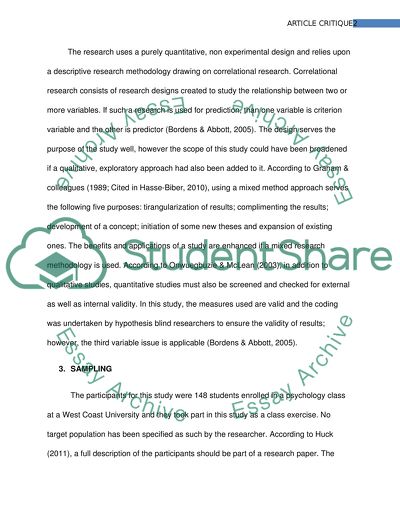Cite this document
(“Article critique Silver linings and candles in the dark Essay”, n.d.)
Retrieved de https://studentshare.org/psychology/1390401-article-critique
Retrieved de https://studentshare.org/psychology/1390401-article-critique
(Article Critique Silver Linings and Candles in the Dark Essay)
https://studentshare.org/psychology/1390401-article-critique.
https://studentshare.org/psychology/1390401-article-critique.
“Article Critique Silver Linings and Candles in the Dark Essay”, n.d. https://studentshare.org/psychology/1390401-article-critique.


